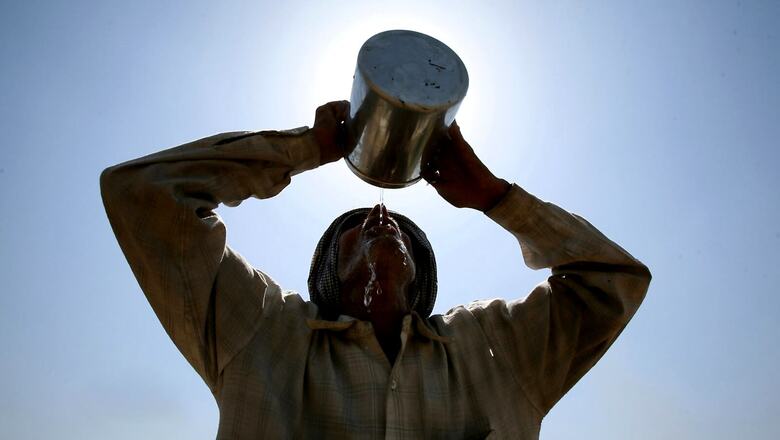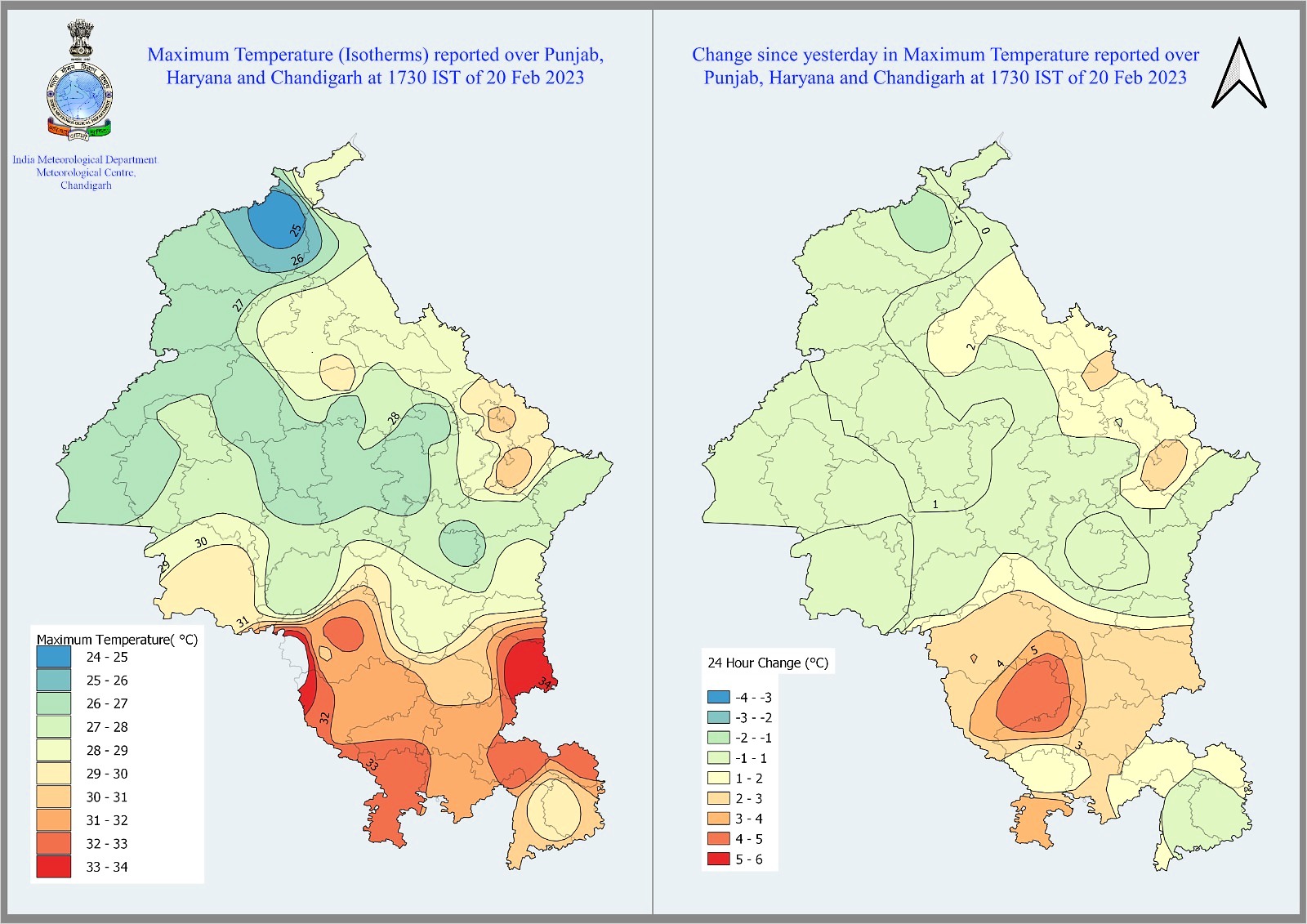
views
In yet another reflector of a warming world, temperatures across northwest India, including Delhi, have hit 30℃ in February even as the winter season is officially underway. The India Meteorological Department (IMD) has recorded unusually warmer days over the region which are likely to persist.
The maximum temperature has shot up by almost 5℃ to 11℃ above normal in the hill states of Himachal Pradesh and Uttarakhand. The mercury remained in the range of 23-28℃ from February 15 to 20, while it surpassed 33℃ in the north western plains below.
According to the IMD, the mercury remained between 28℃ to 33℃ over Punjab, Haryana, Chandigarh as well as Delhi between February 18 and 20, which is significantly above normal by a staggering 5℃ to 9℃. However, it has already surged past 39℃ in the western states of Gujarat and Rajasthan, possibly indicating an early summer. The day temperatures have remained in the range of 35℃ to 39℃ over many parts of Rajasthan, Gujarat, Konkan, Goa and coastal Karnataka during past one week.

The sudden weather change has also rung alarm bells for farmers across Punjab and Haryana who are awaiting the maturing of their wheat crops. The IMD has warned that the temperatures are expected to remain consistently high over the next five days, which may have an adverse effect on wheat, bringing back memories of the devastating impact of the 2022 heatwave.
February-March is the period when the wheat crop normally approaches reproductive growth, which is extremely sensitive to temperature. Sudden arrival of hotter days could lead to a potential loss in yield. This is what happened last summer, when an early and unprecedented heatwave in March shrivelled the wheat grains, causing staggering loss in yield.
The officials have advised farmers to provide light irrigation and try reducing the impact of high temperatures by adding mulch material in the space between the two rows of vegetable crops to lock in the soil moisture.
Why the Sudden Change in Weather?
According to the weather department, the unusually high temperatures may have occurred due to absence of western disturbances. These are rainy storms that originate in the Mediterranean Sea and travel eastwards to India bringing rain and snow during the winter months. This year, the number of such systems has been significantly low.
No active systems were recorded in February and the region remained relatively dry, except for brief, intermittent snowfall over the mountainous region.
Another reason could be the anti-cyclone forming over south Gujarat. These are regions of relatively high pressure when air begins to sink due to dry conditions. It leads to clear sunny skies during summer, and a relatively calm weather that could last for days. According to the IMD, this anticyclone could be leading to warming over Gujarat which has subsequently passed to northwest India, thus raising the temperatures.
A weaker sea breeze and stronger land breeze over Konkan coast could be the cause for high temperatures over the western coast.
What’s the Forecast?
The weather forecast suggests there may be not be any cooler days ahead. The day temperature is likely to remain above normal over many parts of northwest India by at least 5℃ to 7℃ for the next three days.
Gujarat, on the other hand, may see some respite due to shifting away of the anti-cyclone. A subsequent fall of 2-3℃ in temperatures can be expected over the region covering Gujarat, as well as Konkan-Goa in the next three days.
Read all the Latest News here


















Comments
0 comment